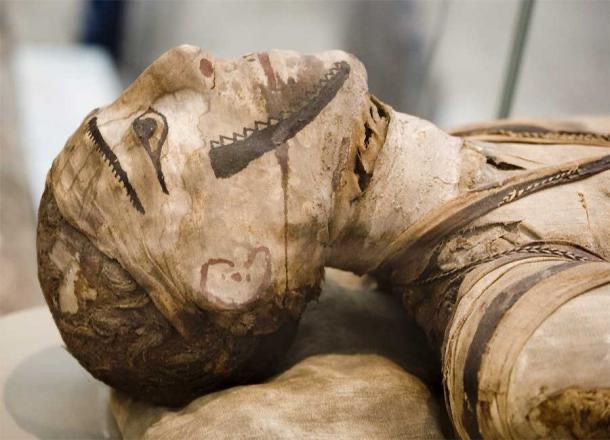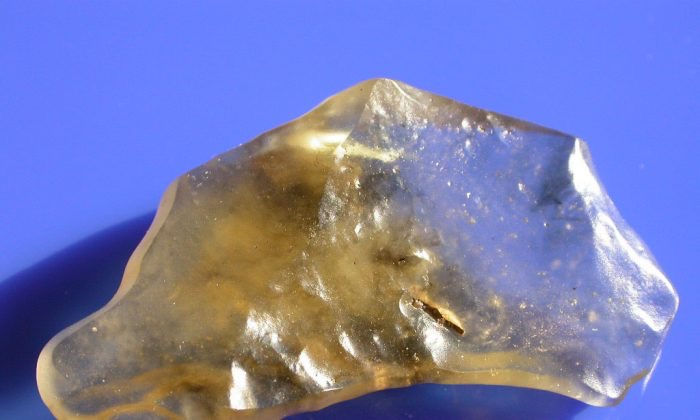In Ancient Mesopotamia, Sex among the Gods shook heaven and earth !
- Dollie Eanna-Dawn Jensen
- Sep 8, 2020
- 3 min read
Updated: Oct 15, 2020
Writer; Dollie Eanna Indigostar @ 4biddenknowledge
Original Source article ; https://theconversation.com/in-ancient-mesopotamia-sex-among-the-gods-shook-heaven-and-earth-87858
There is nothing more intriguing when it comes to the GODS and the word SEX !
The big taboo that stirs all beings on the planet, which gives wonder to the imagination of exactly how these Gods and Goddesses portrayed and delivered themselves wih each other and how they appeared to their onlookers.
The classic Poem of Inanna and the Halupu Tree comes to mind and the Epic of Gilgamesh.
My research into the wonders of the ANUNNAKI and the many epic tales and myths surrounding who and from where they came from, trying to connect the missing links we share in common with our ancient civilisations and mythical GODS and GODESSES still present within society today.
My research always leads comes back to creation, sex, stories of conflict, rulership and practices adopted and given by our ancient ancestors. Ive always found INANNA one of my favorite Godesses as we all share many things in common, as all women can correlate with the Firey Goddess of Love and War with her one foot always resting on the Back of the LION - taking head positions and roles within her various transitional states of womanhood. Her indepth knowledge and wisdom given in many forms and representations of symbols with her pressence still causing chaos today.
I found this article most intersting, questioning once again, the many connections we all share -
Dollie Eanna Indigostar
Sexuality was central to life in ancient Mesopotamia, an area of the Ancient Near East often described as the cradle of western civilisation roughly corresponding to modern-day Iraq, Kuwait, and parts of Syria, Iran and Turkey. It was not only so for everyday humans but for kings and even deities.
Mesopotamian deities shared many human experiences, with gods marrying, procreating and sharing households and familial duties. However when love went wrong, the consequences could be dire in both heaven and on earth.
Sexual relationships between Mesopotamian deities provided inspiration for a rich variety of narratives. These include Sumerian myths such as Enlil and Ninlil and Enki and Ninhursag, where the complicated sexual interactions between deities was shown to involve trickery, deception and disguise.
In both myths, a male deity adopts a disguise, and then attempts to gain sexual access to the female deity — or to avoid his lover’s pursuit. In the first, the goddess Ninlil follows her lover Enlil down into the Underworld, and barters sexual favours for information on Enlil’s whereabouts. The provision of a false identity in these myths is used to circumnavigate societal expectations of sex and fidelity.

The goddess Ishtar makes the same threat in the face of a romantic rejection from the king of Uruk in the Epic of Gilgamesh. It is interesting to note that both Ishtar and Ereshkigal, who are sisters, use one of the most potent threats at their disposal to address matters of the heart.
The plots of these myths highlight the potential for deceit to create alienation between lovers during courtship. The less-than-smooth course of love in these myths, and their complex use of literary imagery, have drawn scholarly comparisons with the works of Shakespeare.
Several texts write of the courtship of a divine couple, Inanna (the Semitic equivalent of Ishtar) and her lover, the shepherd deity Dumuzi. The closeness of the lovers is shown through a sophisticated combination of poetry and sensuousness imagery - perhaps providing an edifying example for this year’s Bad Sex in Fiction nominees.

Ancient Sumerian cylinder seal impression showing Dumuzid being tortured in the Underworld by the galla demons.British Museum
In one of the poems, elements of the female lover’s arousal are catalogued, from the increased lubrication of her vulva, to the “trembling” of her climax. The male partner is presented delighting in his partner’s physical form, and speaking kindly to her. The feminine perspective on lovemaking is emphasised in the texts through the description of the goddess’ erotic fantasies. These fantasies are part of the preparations of the goddess for her union, and perhaps contribute to her sexual satisfaction.
Female and male genitals could be celebrated in poetry, the presence of dark pubic hair on the goddess’ vulva is poetically described through the symbolism of a flock of ducks on a well-watered field or a narrow doorway framed in glossy black lapis-lazuli.
The representation of genitals may also have served a religious function: temple inventories have revealed votive models of pubic triangles, some made of clay or bronze. Votive offerings in the shape of vulvae have been found in the city of Assur from before 1000 BC.
Read More - Article link at Top;
For more Alternative Media follow us
Follow us on FaceBook https://www.facebook.com/4biddenknowledgeTV/
.jpg)









Comments